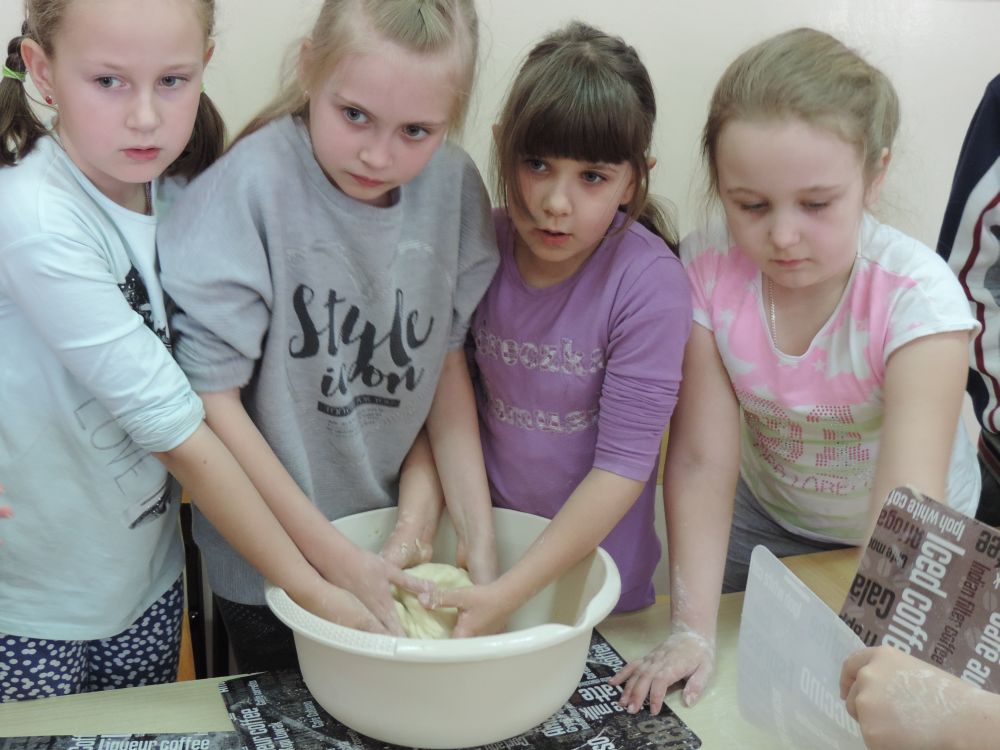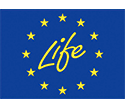
Come, stork, to the Annunciation!
We all know how important it is to cultivate old traditions, but being absorbed by the everyday lack of time we don't always remember about it. Some rituals, especially religious ones, are so deeply rooted in the Polish tradition that they are not likely to be forgotten, e.g. Fat Thursday or Palm Sunday. When writing a project to the Life programme on the protection of the white stork, we wondered how we could try to promote it among the inhabitants of the villages where it would be implemented. It was then that I remembered the very old tradition cultivated in early spring in every village house in Podlasie and Kurpie. It was the baking of yeast rolls in the shape of a four-claw stork's paw called "busłowe łapy". In folk dialect "busioł" meant stork. People believed that by inserting “busłowe łapy” into the nest, they will lure the bird on their property, and thus happiness and prosperity will not abandon them throughout the year. The stork's nest was also supposed to protect the house from lightning. The rolls were baked on 25 March - in the Catholic Church it is an important feast of the "Annunciation of the Blessed Virgin Mary”. Formerly, the proverb "Come, stork, to the Annunciation" was commonly known.
It was also a very important day for farmers. It was accepted that until the day of the Annunciation, there was a ban on works connected with "disturbance of the soil", especially ploughing, sowing and fencing. From that day on, the land was blessed to yield, so it was possible to start the field works. In order to highlight this, miniatures of agricultural tools made of dough were also put into the stork nest: ploughs, harrows, sokhas, scythes, rakes and other farm equipment. Especially children were happy with the stork’s rolls, and they would ran around the farm on that day with the loud scream "Busioł, busioł, tut busłowa łapka, tut twoja chatka" [Stork, stork, stork’s paw, here is your home] which was supposed to get the bird to build a nest there.
Stork is the hero of many superstitions, proverbs and fortune-telling. Each of us is looking forward to the first stork in the year. If we see the first bird in flight, it is certain that this year happiness will not leave us, if the bird will stand on the nest or meadow, then we can expect problems.
Despite many scientific studies that contradict this theory, for centuries people have believed that the stork brings children - the house on which it would sit, would soon see a new-born baby. Also rural children who wanted to have siblings knew this. So they asked storks: „Busioł, busioł kiszka przynieś mi braciszka” [Stork, stork, bring me a brother]. In every proverb or belief there is a kernel of truth. The presence of storks is proof that we live in a clean and sustainable environment. In other words, storks (and many other bird species) are good indicators of the quality of our environment and the biodiversity that surrounds us - they are so-called bioindicators. And without complicated research, it is clear that people live better in a clean and diverse landscape, in contact with nature. In such conditions they are healthier, less stressed and more children are born. The Central Statistical Office confirms that more children are born in rural areas than in the city! So what happens if there are no storks?
Storks living in the vicinity of man were closely observed and therefore many proverbs were created which concern phenology, especially the arrival dates, but also the biology of this species. Below are some of the best known:
„Bocian na ogonie jaskółkę przynosi” [The stork brings the swallow on its tail].
„Jak na Gertrudę (17.III) bociek na gnieździe siędzie, wiosna szybko przybędzie” [If for Gertrude (17 March) the stork sits on the nest, spring shall come quickly].
„Gdy na bocian na święty Józef (19.III) przybędzie, to śniegu już nie będzie” [If the stork arrives for Saint Joseph (19 March), there will not be any more snow].
„Na Zwiastowanie przybywaj Bocienie” [Come, stork, to the Annunciation].
„Na zwiastowanie bocian na gnieździe stanie” [For the Annunciation, the stork shall stand on its nest].
„Na świętego Franciszka (2.IV) zielenią się łany i ze swego zimowiska wracają bociany” [Saint Francis (2 April) is full of greenery and storks return from their wintering areas].
„Na świętego Izydora (10.V) na bociana pora” [Saint Isidore (10 May) is the stork's time].
„Kiedy bocian u nas trwa po Bartłomieju mnogi (24.VIII), tedy zima letka będzie i opał niedrogi” [If there are many storks staying with us after Bartholomew (24 August), then the winter will be light and the fuel inexpensive].
„Na jednej łące wół patrzy trawy, a bocian żaby” [On one meadow an ox looks for the grass, and a stork looks for the frog].
„Powiedziały jaskółki, że niedobre są spółki, powiedziały bociany że niedobre są zmiany” [The swallows said that companies are not good, the storks said that changes are not good].
„Wkradł się jak wróbel w bocianie gniazdo” [He crept up like a sparrow into a stork's nest].
The white stork is deeply rooted in Polish culture, so we are glad that we were able to restore this forgotten tradition. We hope that it will permanently fit into the cultural events of the places where the events organized by us took place.
This year we held meetings with the inhabitants of Mielnik, Goniądz, Różan, Narew and Drozdowo. In Drozdowo we placed one of the stork's paws in a stork nest, which has not been occupied for several years. And something extraordinary happened, which, frankly speaking, nobody had been expecting - a couple of days after the event, a couple of birds came! Empirical evidence that there is a kernel of truth in every superstition. Maybe this should be a good practice in the conservation of this species in order to increase the resettlement of relocated nests?
In all the villages the inhabitants came in great numbers, and there was no end to delight in the taste of warm yeast rolls. We are already preparing for next year in order to promote this wonderful tradition with as many stakeholders as possible.
Aneta Gajko
{gallery}/BocianLIFE/Aktualnosci/BocianieZwiasowanie/{/gallery}

